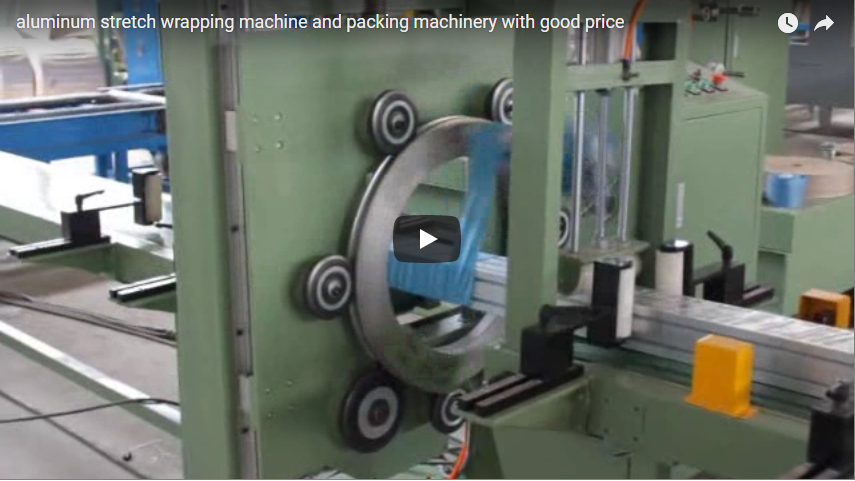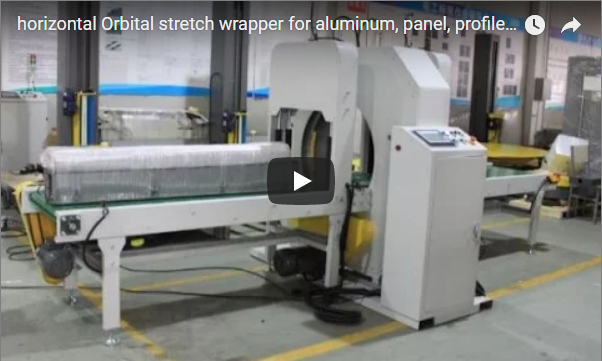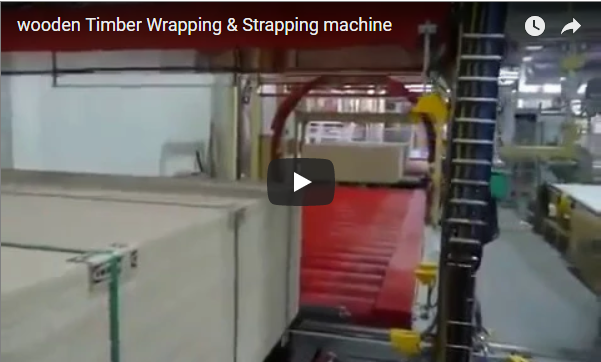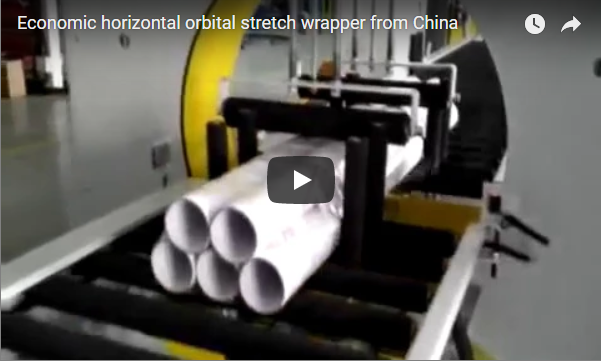Hands-On with the Manual Orbital Stretch Wrapper: Balancing Cost and Efficiency in Timber Packaging
Wrapping long, often unwieldy items like timber, lumber, pipes, or extrusions presents unique packaging challenges. Ensuring product protection during transit and storage without breaking the bank requires practical solutions. The manual orbital stretch wrapper emerges as a valuable tool in this scenario, offering a significant upgrade from purely manual wrapping methods while remaining a cost-effective investment compared to fully automated systems.
This article delves into the operation, specifications, advantages, and considerations of using a manual orbital stretch wrapper, specifically focusing on its application in the timber and wood products industry, drawing from practical operational insights.
See the machine in action, demonstrating the core wrapping process:
1. Operational Principles and Hands-On Experience
The defining characteristic of a manual orbital stretch wrapper is the combination of automated wrapping via a rotating ring and manual product handling. Here’s a breakdown of a typical operational cycle:
- Loading: The operator manually places the timber bundle or wooden product onto the machine's conveyor rollers or support structure, positioning it through the wrapping ring.
- Film Attachment: The operator manually attaches the leading edge of the stretch film to the product.
- Initiation: The operator starts the wrapping cycle, usually via a foot pedal or control panel button.
- Orbital Wrapping: The ring, carrying the stretch film roll, rotates (orbits) around the stationary product, applying the film under tension. The operator typically guides or pushes the product longitudinally through the ring as it's being wrapped. Some models might have passive rollers aiding this movement.
- Film Cutting & Securing: Once the product is wrapped to the desired length, the operator stops the machine and manually cuts the film, securing the tail end to the wrapped load.
- Unloading: The operator manually removes the wrapped product from the machine.
From an operator's perspective: The process is relatively straightforward. Training is minimal compared to complex automated machinery. However, consistent results depend on the operator's diligence in feeding the product smoothly and ensuring proper film attachment and cutting. Achieving the right rhythm between the ring speed and the product feed rate is key to a uniform wrap – something that becomes intuitive with experience.
2. Key Technical Specifications and Considerations
While designs vary, typical parameters for manual orbital wrappers include:
- Ring Diameter: Determines the maximum cross-sectional dimensions of the product that can be wrapped (e.g., 400mm, 600mm, 900mm common sizes).
- Maximum Product Dimensions (W x H): Directly related to the ring diameter minus clearance (e.g., up to 800mm x 800mm for a 900mm ring). Length is typically unlimited, constrained only by floor space.
- Ring Speed: Often adjustable (e.g., 20-60 RPM) to match operator feeding speed and desired wrap overlap.
- Stretch Film:
- Width: Typically uses narrower rolls (e.g., 125mm or 250mm) compared to turntable wrappers.
- Type: Standard cast or blown stretch films are suitable.
- Tension Control: Usually managed via a mechanical brake or friction system on the film carriage – requires manual adjustment for optimal load containment. Pre-stretch capabilities are generally basic or absent in entry-level manual models.
- Power Requirements: Standard electrical supply (e.g., 220V/1Ph or 415V/3Ph depending on region and motor size).
Design Note: The mechanical simplicity is a core feature. Fewer sensors, motors, and PLCs compared to automatic wrappers translate to potentially easier maintenance and troubleshooting, a crucial factor for facilities with limited technical support.
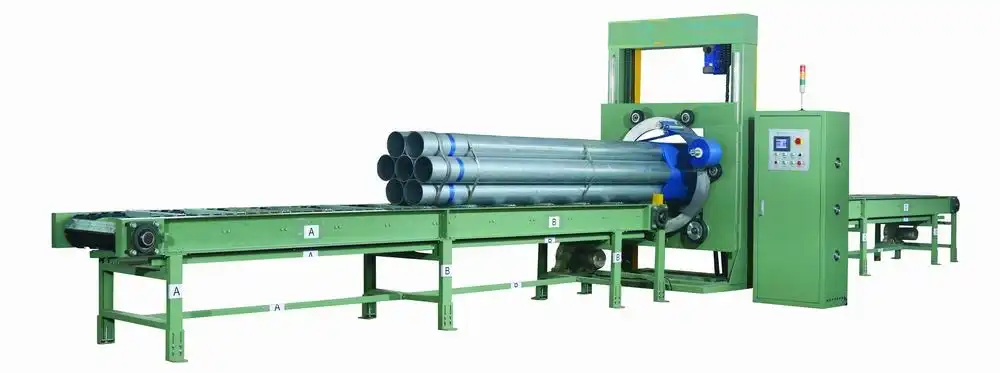
3. Advantages of Manual Orbital Wrapping for Timber
Compared to manual wrapping or basic bundling, this type of machine offers distinct benefits:
- Improved Efficiency: Significantly faster than wrapping long bundles entirely by hand. Reduces operator fatigue associated with passing film rolls around large items.
- Enhanced Load Stability & Protection: Provides a more consistent and tighter wrap than manual methods, improving bundle integrity, reducing shifting during handling, and offering better protection against moisture, dust, and surface damage.
- Cost-Effectiveness: Lower initial purchase price compared to semi-automatic or fully automatic horizontal wrappers. Uses standard stretch film, offering manageable consumable costs.
- Operational Simplicity & Reliability: Fewer complex automated components can mean higher uptime and less specialized maintenance.
- Flexibility: Easily accommodates products of varying lengths without complex adjustments. Suitable for wrapping individual large pieces or bundles.
4. Addressing Potential Limitations and Use Cases
It's essential to recognize where this machine fits best:
- Throughput: Significantly lower than automated systems. It's best suited for low-to-medium volume packaging needs. High-volume timber mills or distribution centers would likely require faster, automated solutions.
- Labor Requirement: Requires a dedicated operator for loading, feeding, cutting, and unloading. Labor costs remain a significant factor.
- Wrap Consistency: While better than purely manual wrapping, the final wrap quality (overlap, tension consistency over length) relies partly on operator skill and attentiveness during the feed process.
Ideal applications include: Smaller lumber yards, custom wood shops, furniture component manufacturers, businesses bundling pipes or extrusions, or as an entry-level upgrade from completely manual processes where budget is a primary constraint.
5. Integration into Packaging Workflows
Manual orbital wrappers are typically standalone units. Integration often involves positioning them strategically after a cutting or processing stage and before staging for storage or shipping. Input and output conveyors (often non-powered roller conveyors) can facilitate easier handling of heavy or long timber bundles, reducing manual lifting.
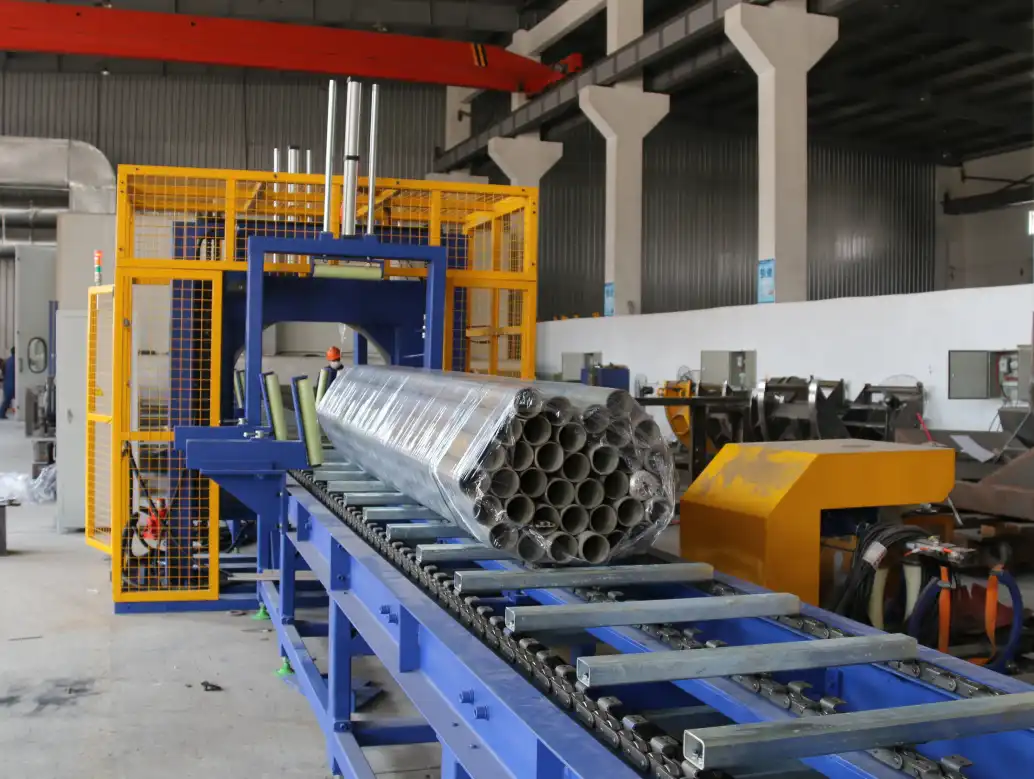
Conclusion: A Practical Solution for Specific Needs
The manual orbital stretch wrapper represents a pragmatic balance between automation and manual control for packaging long products like timber. It provides a quantifiable improvement in efficiency, protection, and load security over hand wrapping, without the significant capital investment and complexity of fully automated systems. For businesses with moderate throughput requirements and budget considerations, this machine offers a reliable and effective method to professionalize their timber packaging operations. Careful consideration of volume, labor availability, and desired wrap consistency will determine if it's the right fit for your specific production environment.
https://www.fhopepack.com/Horizontal_wrapping_machine.html
info@fhopepack.com

